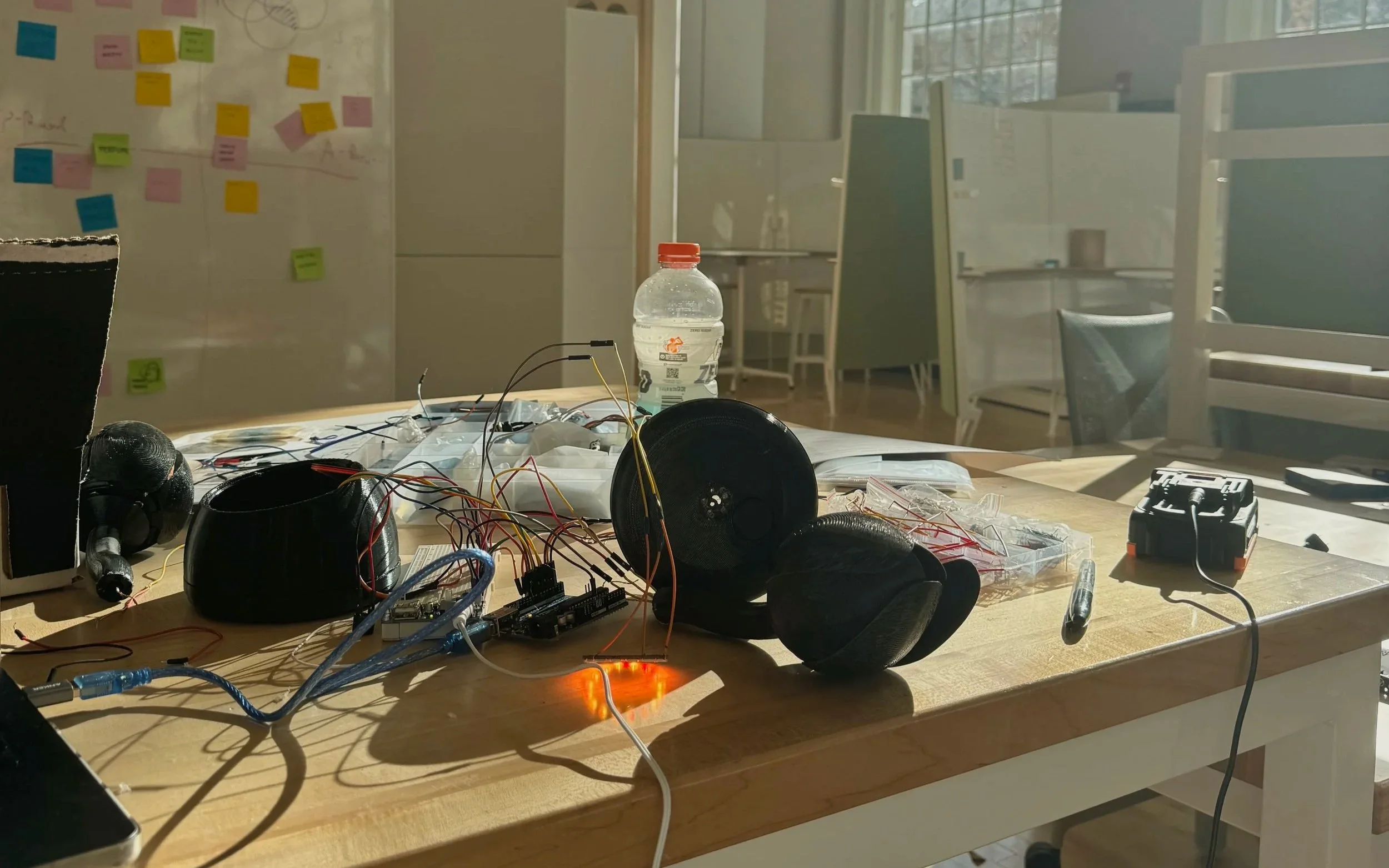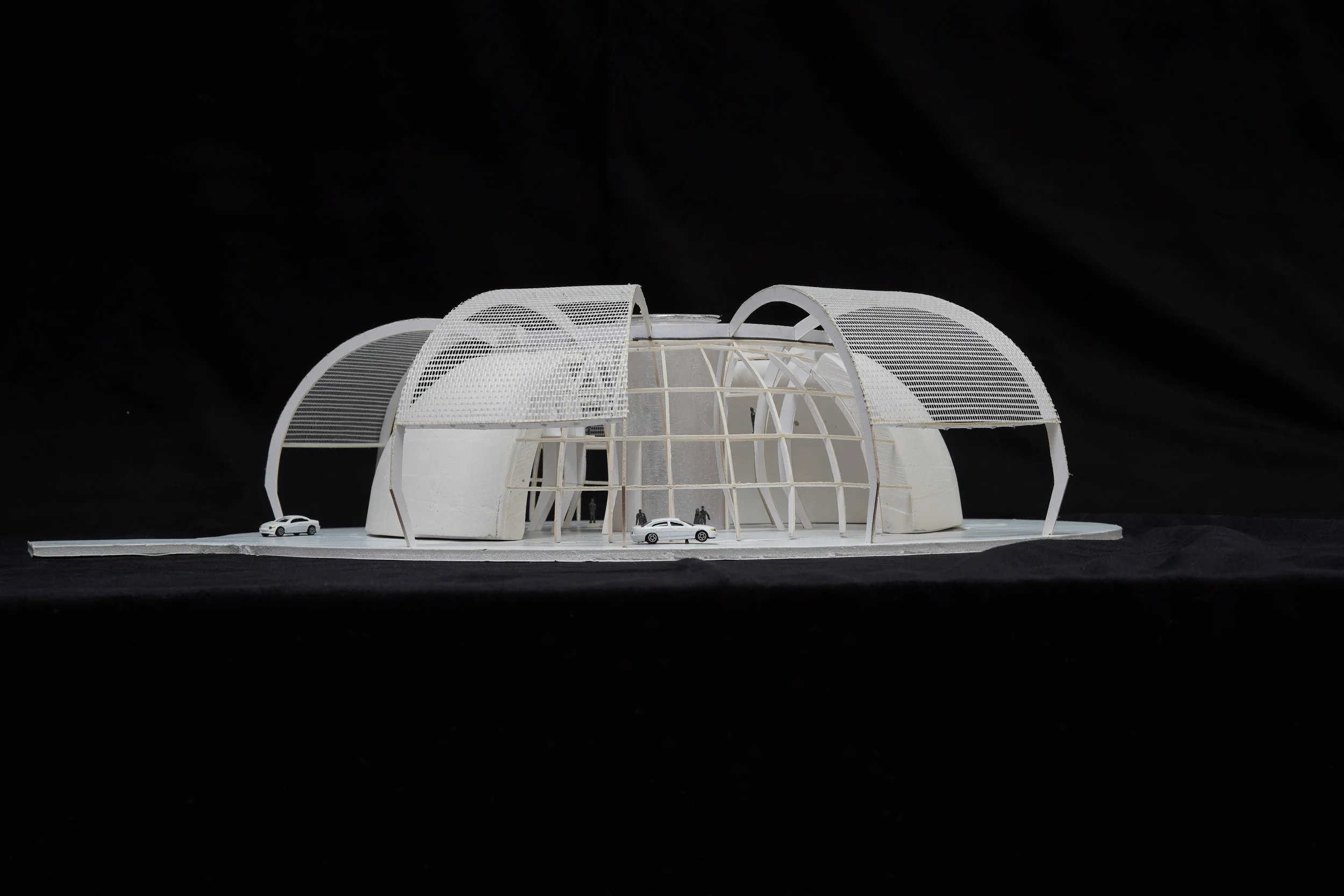
Cycle
Autonomous Car Pickup Station for Airports
Cycle is a circular airport shelter and waiting station concept designed for autonomous car pickups. As urban centers and airports adapt to the rise of ride-sharing and autonomous vehicles, new infrastructure is needed to streamline traffic and improve the passenger experience. This project explores how cyclical flow and efficiency can be embedded into architectural design, creating a space that is both functional and adaptive to the evolving demands of modern transportation.
Time
Team
Year
8 Weeks
Individual
2023
BRIEF
Design an architectural system that addresses inefficiencies in current infrastructure, creating more adaptive user experiences.
PROJECT FOCUS
Keeping a shared space clean shouldn’t feel like a burden—but in many living situations, neglected chores often lead to tension and conflict. This project set out to address that challenge by grounding the design process in three personally significant goals: autonomy, purpose, and relatedness. These values served as a guiding philosophy, shaping decisions with the dual aim of reducing conflict while fostering ownership, meaning, and stronger connections in shared environments.

PROBLEM AND OPPORTUNITY
Airport rideshare waiting stations today are marked by inefficiency: heavy congestion, unclear pickup points, and long passenger wait times. As ridesharing grows, these systems struggle to manage traffic flow, frustrating both travelers and drivers while straining airport operations.
The rise of self-driving cars sparked the idea for this project, highlighting how new technologies can inspire rethinking outdated infrastructure. While not limited to autonomous vehicles, the design opportunity lies in streamlining the pickup process—reducing congestion, coordinating arrivals, and creating a smoother, more adaptive experience for all users.
EXPLORATION ON CYCLES
A cycle, by definition, is a series of events that occurs repeatedly in a certain order. This piece is inspired by, and meant to both physically and functionally represent, the concept of cycles in nature, time, and movement.
The structure's walls are designed to shift with the changing seasons—opening for light and airflow in warmer months, and closing for warmth and shelter in colder ones. This dynamic response reflects the adaptability found in natural cycles. The circular form reinforces continuity and repetition, symbolizing a process with no true beginning or end.
The round layout allows for smooth, uninterrupted movement of cars and pedestrians, mirroring the rhythm and flow of cyclical systems in both form and behavior.
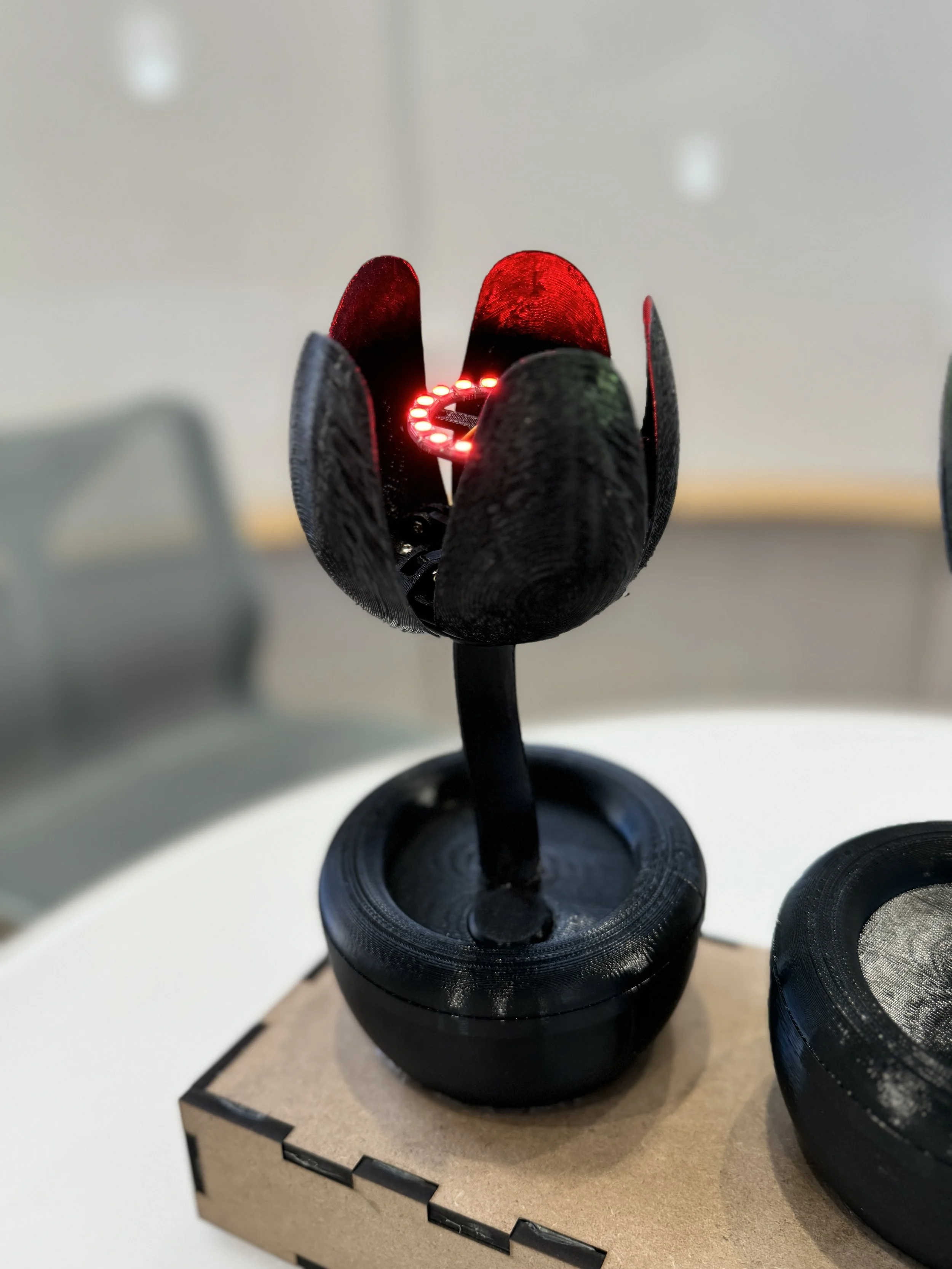
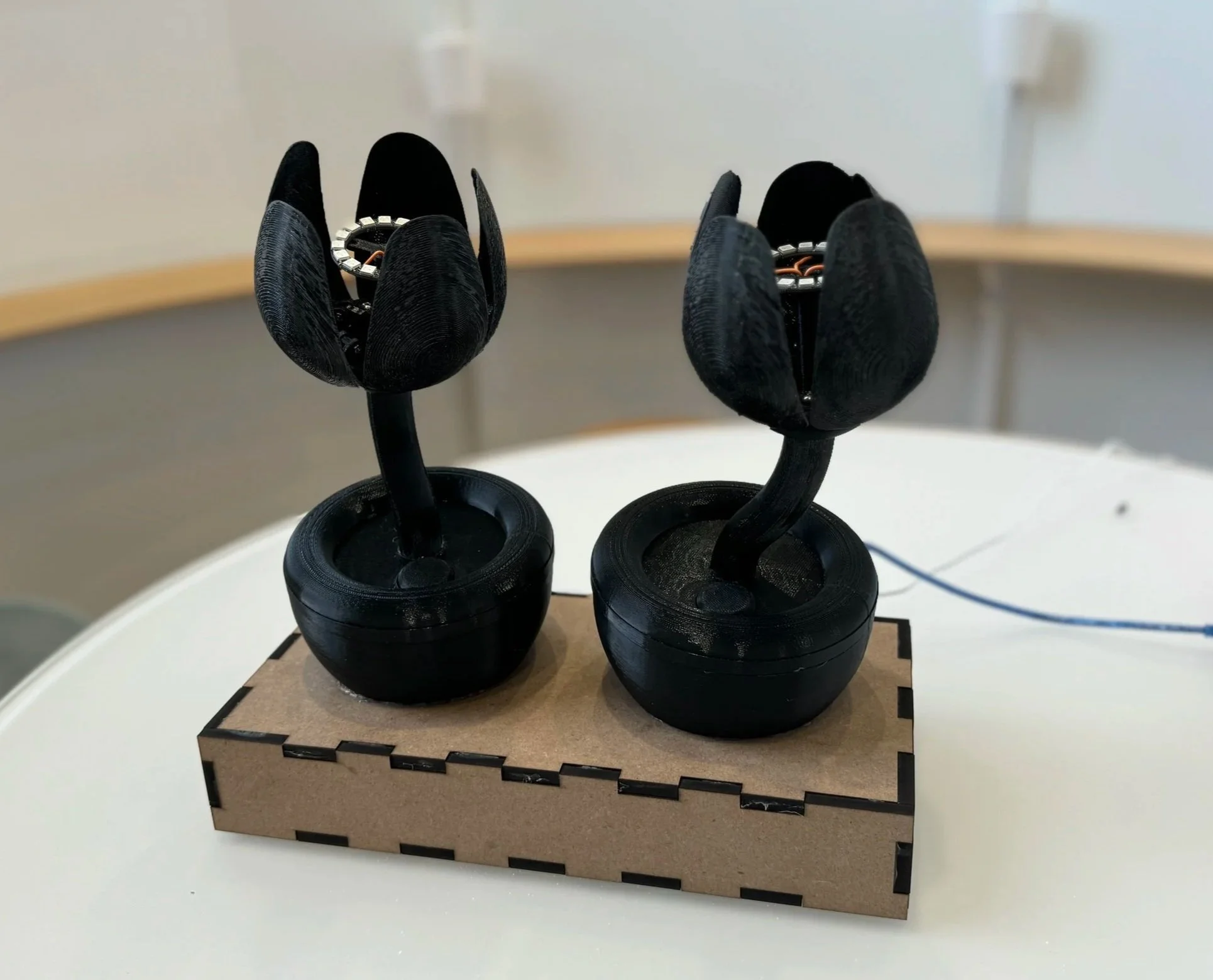


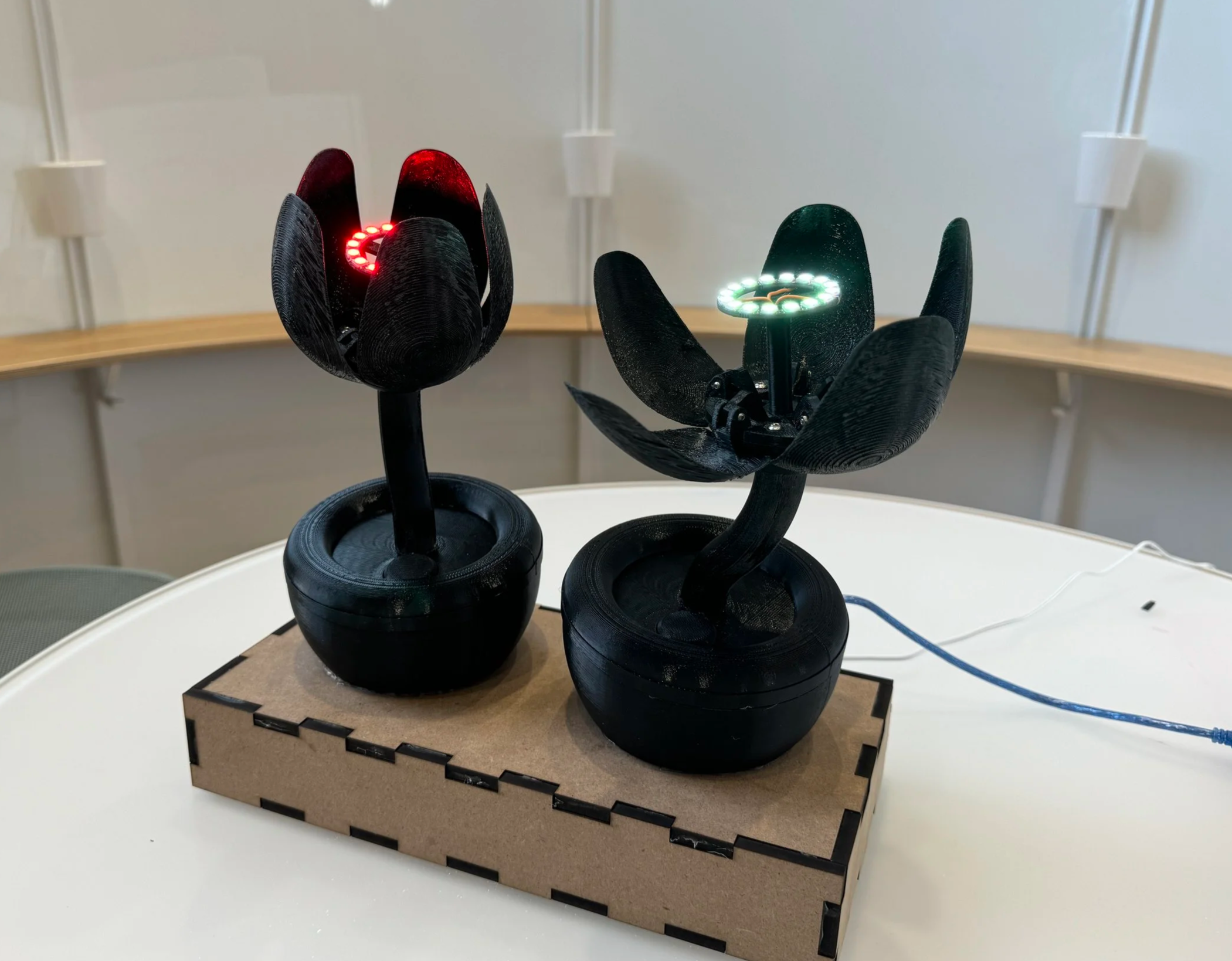

PROCESS






